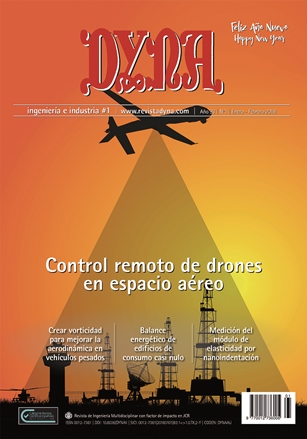DEFINING SOCIAL RESPONSIBILITY GOALS
Keywords:
Análisis de contenido, Gestión Empresarial, Responsabilidad Social, Medioambiente, Cambio Climático, Content Analysis, Mangement, Social Responsibility, Environment, Cimate ChangeAbstract
Standard UNE-ISO 26000 indicates that, on a global scale, organizations, and their stakeholders, are increasingly aware of the need and benefits of socially responsible behavior. The objective of social responsibility is to contribute to sustainable development and defines Social Responsibility (SR) as the responsibility of an organization on the impacts that its decisions and activities cause in society and the environment, through an ethical and transparent behavior that takes in consideration the interests of its stakeholders, complies with applicable law and is consistent with international standards of behavior and is integrated throughout the organization and implemented in its relations. But organizations move between the guidelines set by the official agencies and the concerns of the population, in short, between the legislator and the potential customer, so to know and to align the preferences of both with the company's policy on such sensitive issues as SR seems logical. However, IESE experts indicate that when an organization considers how to integrate social responsibility into its daily activities, it often is not clear haw to get the information and how to proceed. The authors propose a model to solve the above difficulty and define the SR objectives to work on, the model is based on selecting the documentation, based on key documents issued by the main actors; to analyze the documentation, to determine its contents, it is recommended to use the technique of content analysis, which allows to obtain the implicit contents and transforms qualitative variables into quantitative and, therefore, allows to prioritize; compare with the concerns of society, to align the issues extracted from the official documentation with what is really important for citizens; analyze risk, a key point in modern management standards, and manage SR in accordance with international standards. Once the key issues are identified and transformed into objectives to be achieved, the management of these can be carried out through some of the management systems implemented in the company, preferably according to widely accepted international standards.Downloads
Published
2018-01-01
Issue
Section
ARTICULOS

